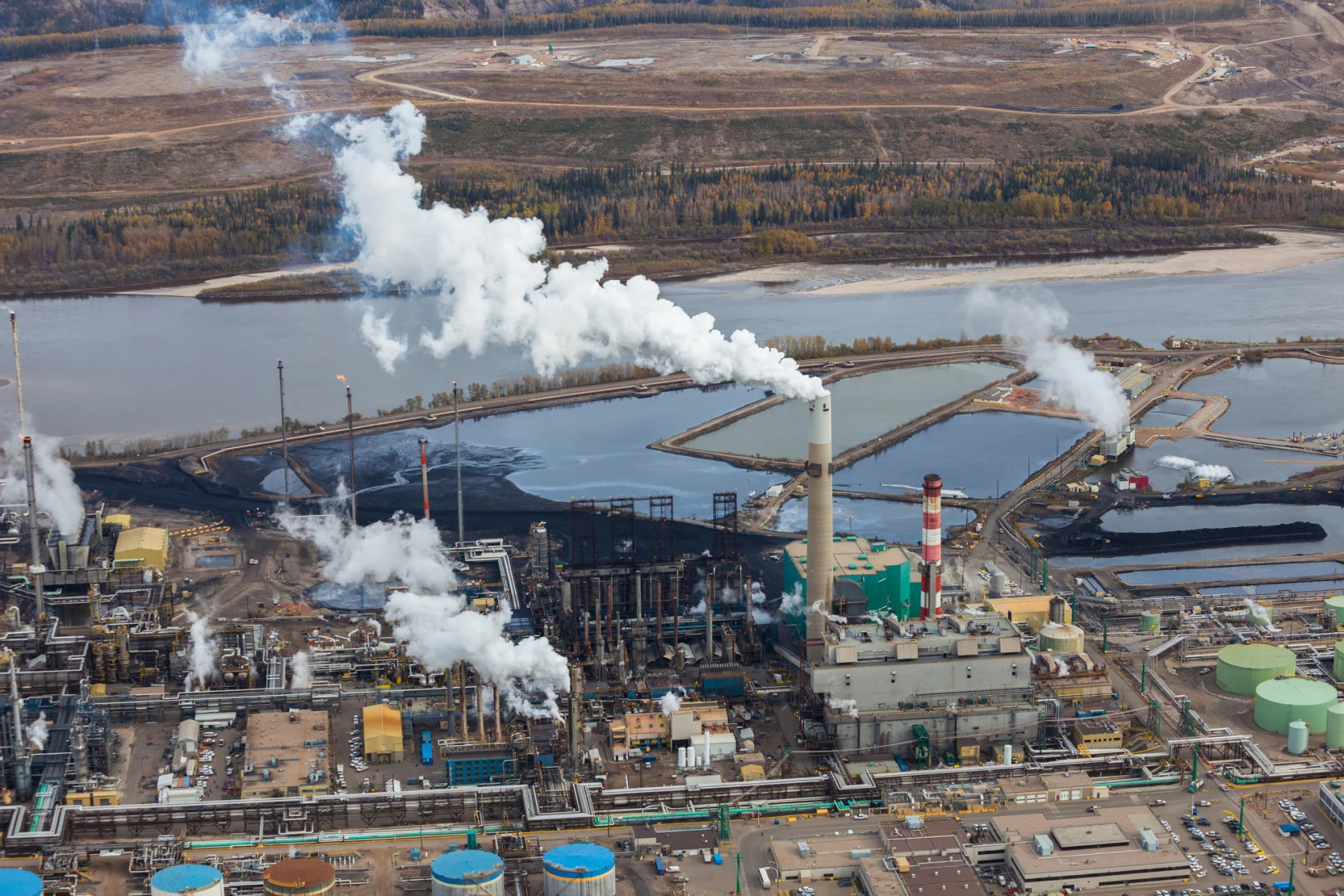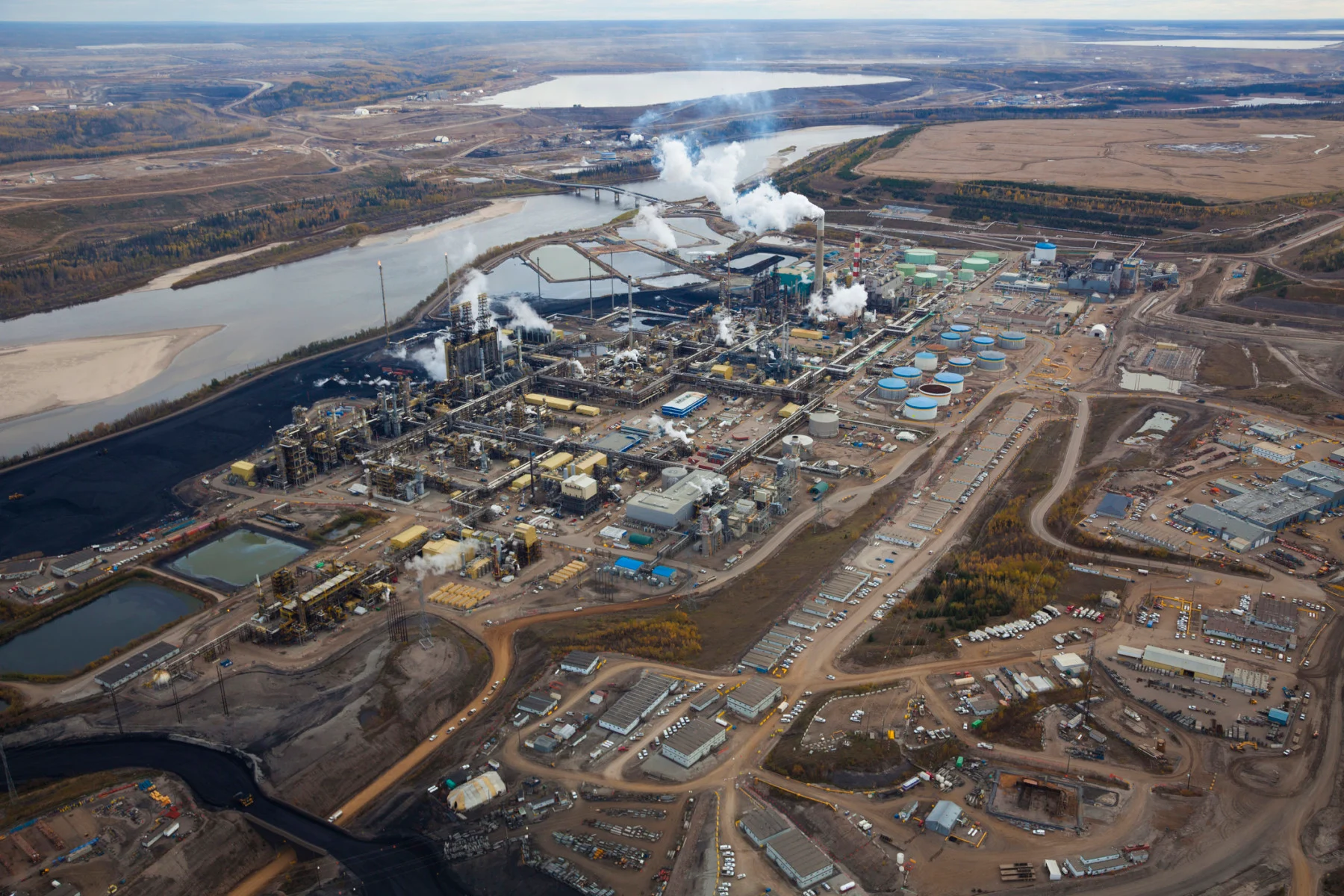
Fossil fuel use in Canada will drop 62 per cent, modelling indicates
A forecast on the Canadian energy sector predicts a decline in fossil fuel use by 2050.
A new report on the future of Canadian energy predicts a decline in fossil fuel use in the coming decades, in part due to an increase in energy efficiency. Despite this, crude oil production is expected to remain close to peak levels.
The forecast, Energy Futures 2021, predicts energy sector outlooks to the year 2050 under “current” and “evolving” policy scenarios. Authored by the Canadian Energy Regulator (CER), the report found that demand for electricity could grow by as much as 45 per cent, while the use of uncaptured fossil fuels could drop by over 60 per cent during the same period.
The chief economist of the CER, Darren Christie, announced the report by noting, “Our projections show that Canadians use far fewer fossil fuels in the future.” The report predicts that this decline in carbon output would include a notable drop of some 40 per cent of petroleum for transportation and the almost complete elimination of coal.
According to the forecast, these sector changes would come about because of a decrease in energy demand thanks to improved efficiency, an uptake in the adoption of electric vehicles, and a steep rise in the use of renewables like wind, solar, and hydro, as well as nuclear, biofuels, and hydrogen.

Suncor Refinery in the Alberta Oilsands near Fort McMurray. (dan_prat/ iStock/ Getty Images Plus)
The potential for this sort of growth in the renewables sector tracks with a recent boom, despite the rising cost of materials used in the production of wind turbines and solar panels.
It also aligns with a December report by the International Energy Agency (IEA), which found that, by 2026, “global renewable electricity capacity is forecast to rise more than 60 per cent from 2020 levels.” This level of growth in renewables would account for nearly 95 per cent of the global power capacity increase over the next five years.
While these trends are promising, even the most optimistic CER projections would not meet the emissions targets Canada has set.
“An unstated assumption of the CER scenarios is that Canada and the world fail to limit the worst impacts of climate change,” Nichole Dusyk, a Senior Analyst with the Pembina Institute, told The Weather Network (TWN). “While there is utility in understanding our current trajectory, there is no scenario presented in Energy Futures 2021 that describes an energy future that Canada wants or needs.”
“The government of Canada has committed to reducing emissions 40-45 per cent by 2030 and reaching net-zero emissions by 2050,” Dusyk explained. “A prediction of 62 per cent decline in fossil fuel consumption does not align with the government’s climate commitments.”
Another concern is the forecast growth of Canadian crude oil production, which is expected to reach a peak of 5.8 million barrels a day not until 2032. By 2050, it will have declined only to 4.8 million barrels, according to the CER report.
Much of the pipeline system connected to Western oil sands production would likewise remain at or near full capacity for decades.
Jay Averill, a spokesperson for the Canadian Association of Petroleum Producers (CAPP), stated that the oil and gas industry expected an even better outlook for their sector.
“Overall, CAPP is aligned with the findings of the CER’s production forecast to meet global energy demand to the 2030s,” Averill told TWN. “But we are expecting a more favorable projection to 2050.”
The report’s more optimistic predictions — like the more than 60 per cent drop in fossil fuel use — fall under an “evolving scenario” in which “Canada and the world continue the current pace of increasing action to reduce greenhouse gas emissions.”
Other, more pessimistic, scenarios consider the energy outlook under “current policies” and find the use of coal, oil, and natural gas to remain essentially flat through 2050. In such a scenario, Canadian crude oil production would not peak until the mid 2040s at upwards of 6.7 million barrels.
The report also makes clear that many new or untested carbon capture technologies will be required to achieve the hoped-for emissions reductions.
“We believe the CER report does not take into account the full impact of emission-lowering technologies that will enable production growth for Canadian natural gas and oil,” Averill stated.
Regardless of the scenario used, the CER modelling demonstrates the current gap between domestic policies and the promises that are yet to be met, like the targets set by the Paris Agreement.
“While the evolving scenario fails to model the path Canada needs to follow to achieve climate goals, it does tell us that our current and committed climate policies won't achieve climate success either,” Dusyk told TWN.
“That's an important takeaway and a clear indication that more ambitious climate action is needed.”
One key criticism of the CER forecast was the fact that there was no modelling of a route that would attain net-zero emissions or achieve the target of 1.5°C of warming.
“Planning for climate success requires energy modelling to net-zero emissions,” Dusyk stated.
“This is how we can ensure that policy and investment decisions are aligned with a sustainable and prosperous clean energy future.”
With files by Neil Ever Osborne
Thumbnail credit: dan_prat/ E+/ Getty Images






